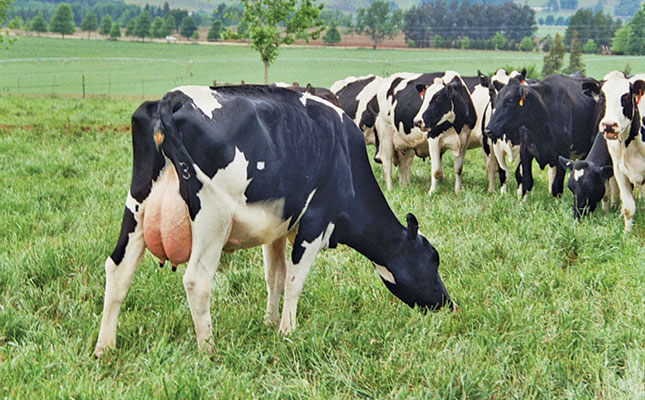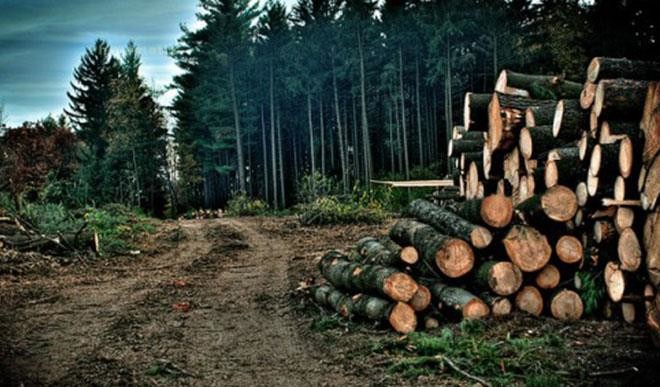The rural sector is likely to lose population and services as livestock is replaced by up to 2.8 million ha of new forestry so New Zealand can become a net zero carbon emitter by 2050.
A draft report by the Productivity Commission on transitioning NZ to a low emissions economy said those from agriculture must fall 30% for NZ to have a zero emitting economy by 2050, requiring the planting of forestry on “millions of hectares” of sheep and beef country to offset emissions.
In an interview. commission chairman Murray Sherwin acknowledged the rural sector would be nervous by the report, but said there had to be change.
“Given the country’s emissions profile, something has to happen in agriculture.”
It estimated that between 1.3 million and 2.8m hectares of new forestry needed to be planted as part of “a substantial transformation” to lower carbon emissions through land use change, together with improved farming practices and technology.
The report noted that Beef + Lamb NZ was assessing existing woody vegetation on sheep and beef farms “with preliminary indications that is in the millions of hectares”, land that potentially could support forestry for harvest and permanent planting.
But it could come at a cost.
“Increased forestry may also lead to falls in the rural population and loss of associated infrastructure such as schools,” the report warned.
Sherwin said concerns about the depopulation of rural communities were real, but new permanent forestry planting would be in more remote areas.
“There has to be change and there will be some disruption in some rural communities,” he said.
Offsetting emissions through forestry would only buy NZ 30 years to find other options before land suited for planting was exhausted.
Changing land to horticulture and arable was also expected, with the area of horticulture potentially increasing by 1m ha.
NZ emissions were less than 0.2% of global emissions but the report said that did not justify inaction, especially from agriculture which contributed nearly half of NZ’s emissions.
Land use change was part of a suite of proposals contained in the commission’s draft report.
It said agriculture should be included in the emissions trading scheme (ETS) but the transition should be softened by the allocating of free units to the sector and increased funding for pastoral greenhouse gas research.
Introducing a price of agricultural emissions would make NZ the only country in the world to do so and the report noted NZ’s emission intensity was a quarter of the average farm globally and any reduction in NZ production could be filled by overseas producers.
Fuel and energy prices were expected to soar as the price of carbon was increased from around $20 a tonne today to between $75 and $152 a tonne in a bid to influence human behaviour.
Economic modelling showed the dairy sector would perform better than sheep and beef during the transition due to higher international dairy prices.
The models assumed other dairy producers would also move to a low carbon economy.
Sherwin said transitioning the economy while preserving living standards and the productive sector would be a challenge, but doing nothing was not an option.
The degree of change required by the rural sector in the next 30 years to become a low carbon emitter was comparable to what it experienced in the last 30 years.
“With sensible and supportive government policies and a successful rural-urban conversation the pace, direction and nature of land use change between 2020 and 2050 can be managed without undue economic or social disruption,” the report stated.
About 3m ha (30%) of pastoral farmland shifted to other land uses between 1990 and 2015, of which the largest proportion was for urban development, conservation and public uses.
Plantation forestry increased 450,000ha, cropping 142,000ha and horticulture 60,000ha.
The report acknowledged the lack of options for farmers to make significant reductions.
It estimated reductions of 15% were possible from increasing productivity and more widely adopting existing lower-emission management practices such as lower stock numbers, reduced use of nitrogen fertiliser, once a day milking and stand-off pads, and still to be discovered new technology.
Despite that, current production growth trends were likely to see 2030 agricultural emissions 5% to 11% higher than 2015.
The benefits of including agriculture in the ETS outweighed the cost by factoring emission prices in to land values and providing a more even signal for forestry and horticulture.
The commission also discussed at length the point of obligation, concluding that it should be at farm level but only farms above a certain size should be required to report emissions.
Monitoring would be by OVERSEER, which the report warned needed funding and assistance to improve its capabilities.
The commission said legislation affecting emissions should also be addressed such as the Dairy Industry Restructuring Act.
That act requires Fonterra to accept all supply from shareholders regardless of its impact on the company’s or national emissions, limiting its discretion to refuse new supply where this could inefficiently increase the use of fossil fuels in milk collection and processing.
This was true in the South Island where Fonterra used a high proportion of coal to fuel its driers.
Submissions were being accepted on the draft report ahead of a final version expected in August.





